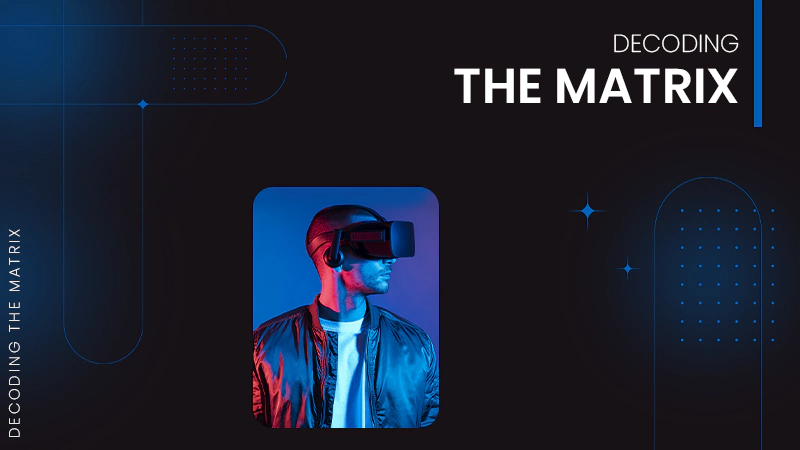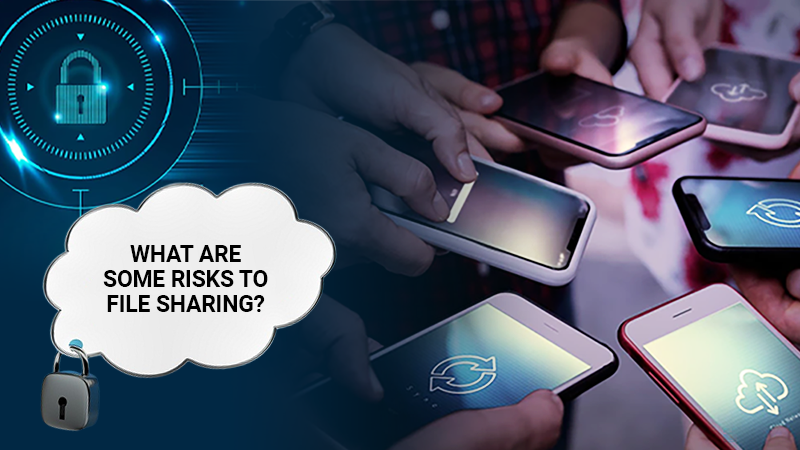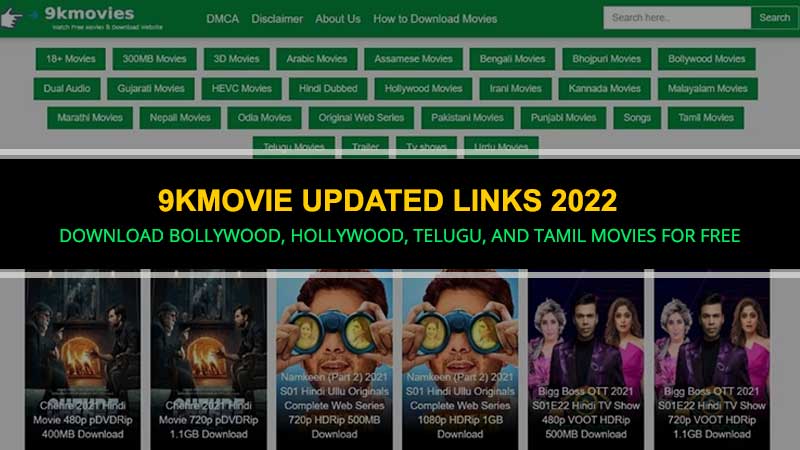QR Codes: From Assembly Line Savior To Everywhere You Look
Let’s be honest, how often do you whip out your phone, scan a little square, and boom, suddenly you’re transported to a website, a menu, or a contact card? QR codes – those ubiquitous black and white patterns that seem to be plastered everywhere. But have you ever stopped to think about where they came from, how they work, and what the future holds for these unassuming little squares? Forget those clunky UPC barcodes; QR codes are more than just an updated version.
The Birth Of The QR Code: More Than Just A Fancy Barcode
The story begins in 1994, in Japan, with a team at Denso Wave, a subsidiary of Toyota. Their mission was to create a more efficient and robust way to track vehicles and components during the manufacturing process.Traditional barcodes, with their limited data capacity and susceptibility to damage, simply weren’t cutting it. Enter Masahiro Hara and his team. Masahiro Hara, a Denso Wave engineer, led the development of the QR code. The key innovation was the 2D structure, which allowed for significantly more data storage. The team’s goal was to create a code that could be scanned quickly and easily, even if it was dirty or damaged. They succeeded brilliantly. They envisioned a two-dimensional code that could store significantly more data than a standard barcode and be read quickly and accurately from any angle. The result was the Quick Response (QR) code.
The magic lies in its structure. Unlike barcodes, which store data in a single line, QR codes use a matrix of black and white modules (the little squares) arranged in a square grid. These modules encode data in both horizontal and vertical directions, allowing for a vastly increased storage capacity. Denso Wave, remarkably, didn’t patent the technology. They released the QR code specification under an open license, encouraging widespread adoption. This altruistic move was a key factor in its global success.
From Factory Floor To Global Phenomenon: The Evolution Of The QR Code
While initially designed for industrial use, QR codes remained relatively niche for many years. The early 2000s saw some adoption in marketing and advertising, but the technology struggled to gain widespread traction. Why? Because it required users to download a dedicated QR code scanning app, a hurdle that proved too cumbersome for most. As cameras became standard on mobile devices, and operating systems like iOS and Android integrated native QR code scanning capabilities, the barriers to entry crumbled. Suddenly, anyone with a smartphone could easily scan a QR code and access the information it contained.
How to Use A QR Code: Simplicity At Its Finest
Using a QR code is ridiculously simple. Here’s the breakdown:
- Open your smartphone’s camera app.
- Point your camera at the QR code. Ensure the entire code is visible within the frame.
- Wait a moment. Your phone should automatically recognize the QR code.
- Tap the notification or link that appears. This will typically open a website, display text, or perform another action based on the encoded data.
Some older phones might require a dedicated QR code scanner app, which can be easily downloaded from your app store. However, most modern smartphones have this functionality built-in.
The Future Of QR Codes: What Lies Ahead?
The evolution of the QR code is far from over. While the basic technology remains the same, new innovations and applications are constantly emerging. Link QR codes can be used for product information pages, online stores, promotional videos, social media profiles, or interactive games. Moreover, codes can be used to share educational resources, assign homework, provide access to online learning platforms, or facilitate interactive quizzes. I can imagine students accessing supplementary material to study and then playing modern AAA titles at home after a hard day of studying.
- Dynamic QR Codes
Unlike static QR codes, which encode fixed data, dynamic QR codes can be updated after they are created. This allows businesses to change the destination URL, track scan statistics, and even personalize the user experience based on location or device.
- QR Codes In Gaming Industry
Consider the gaming industry. While high-end PCs and consoles offer immersive experiences capable of playing modern AAA titles or casino games at Betrolla with breathtaking graphics, QR codes provide a simple and effective way to connect players with online communities, download game updates, and access exclusive content. A QR code on a gaming event poster could instantly direct you to a schedule of events, a map of the venue, or even a virtual reality experience.
- Design Enhancements
While traditionally black and white, QR codes are becoming more visually appealing. Designers are incorporating logos, colors, and even custom shapes into QR codes to make them more eye-catching and brand-consistent. However, it’s crucial to ensure that these design enhancements don’t compromise the code’s readability.
- Augmented Reality (AR) Integration
Imagine scanning a QR code and having a 3D model of a product appear on your screen, superimposed over the real world. This is the power of AR integration, and it’s poised to revolutionize how we interact with QR codes.
- Security Enhancements
As QR codes become more prevalent, security concerns are also growing. Researchers are working on developing more secure QR code technologies to prevent malicious actors from using them to spread malware or phishing scams.
The Future Of The Square
QR codes are now an integral part of our digital lives, connecting us to information, services, and experiences with a simple scan. As technology continues to evolve, expect to see even more innovative uses for QR codes in the years to come. They’re a testament to the power of simple ideas, elegantly executed. So next time you see one of those little squares, take a moment to appreciate the ingenuity behind it, and all the possibilities it unlocks. Because those little squares are definitely here to stay, are evolving and improving.














